The year is AD 1380. In a scribe's workshop in London, a senior clerk reads over a letter his apprentice has written. The clerk is not happy.
“No, no,” he says, aggressively crossing out a line. “This just won’t do! You've written hine again — ‘they seized hine.’”
“I’m sorry, Master,” the apprentice responds, appropriately humbled. “What should it be?”
“It should be ‘they seized him.’ When you write hine, you sound like a peasant. Fix it now."
The apprentice’s cheeks flush with embarrassment. In Kent, where he is from, everyone says hine: “I saw hine,” “Do you know hine?”, “Fetch hine from the barn.”
Back home, you just wouldn’t say him in those sentences — you’d only say it in sentences like “I gave it to him” or “I baked a cake for him.”
These Londoners do speak strangely, he thinks to himself, but stays silent: he certainly doesn’t want to earn a(nother) beating from his master.
The object of our affection
You’ll have to imagine that rather fanciful dialogue was spoken in Middle English, but the overall picture it describes is real.
In many places where we now say him, earlier English had a different form: hine. But by the fourteenth century, hine was already well on the way out of most forms of the language, which is why the clerk scolded his hapless apprentice.
But what was this word hine? And, come to think of it, what is the nature of the word him in Modern English? Why do we need both he and him?
To answer these questions, we’ll need to return to the Old English period (AD 450–1100) to see how the story started.
But first, let’s take a brief detour. Grammatically speaking, Old English was a very different language from the English we speak today. In fact, it worked a lot like Latin — a language feared by schoolchildren for generations for its grammatical complexity. So we’ll approach Old English with humility — first, by understanding clearly how Modern English works.
Compare these two sentences: the dog bit the cat and the cat bit the dog.
In the sentence, the dog bit the cat, the phrase the dog comes before bit, and the cat comes after. This is how we know that the thing doing the biting is the dog and not the cat.
The grammatical jargon for “the thing doing the biting” is the subject — in the sentence the dog bit the cat, the subject is the dog. What is the role of the cat in this sentence? It’s “the thing getting bitten” — or, more formally, the direct object.
the dog bit the cat
SUBJECT DIRECT OBJECT
Now, if we flip the order of the phrases, the cat becomes the subject — the thing doing the biting — and the dog becomes the direct object.
the cat bit the dog
SUBJECT DIRECT OBJECT
These describe rather different states of affairs — just ask the dog which sentence he’d prefer to be true! Nevertheless, all of the words in these two sentences are identical: they differ only in the order in which they appear.
Case in point…
Old English was totally different — word order didn’t tell you what was the subject and what was the direct object. Instead, the words themselves told you, mainly by their endings. Let’s take our the dog bit the cat example and translate it into Old English:
se hund bāt þone catt (by the way, ‘þ’ is pronounced ‘th’)
SUBJECT DIRECT OBJECT
‘The dog bit the cat’
But wait, that’s not the only option! Depending on what we want to emphasize, we can also say:
þone catt bāt se hund
DIRECT OBJECT SUBJECT
‘The dog bit the cat’
Or, in some contexts:
bāt se hund þone catt
SUBJECT DIRECT OBJECT
‘The dog bit the cat’
All of these mean the same thing: ‘the dog bit the cat.’
The word order doesn’t tell us who is doing what — what does tell us are the little words se and þone. These are the Old English equivalents of the Modern English article ‘the,’ but they have different forms depending on whether they’re part of the subject (se) or the direct object (þone).
This distinction is called case. It’s a word with a complicated history, dating back originally to a Greek idea that a word “fell” through its various cases — it doesn’t make a great deal of sense to me either. But the Latin word casus, which gives us the word case, actually means ‘fall’. Ironically enough, one of the biggest trends in the history of the English language is the decline and, yes, fall of case.
Four strange names
Old English had four cases (if that seems like a lot, count your blessings — Latin had six). You’ve met two of them already — as exemplified by se and þone.
Se is the nominative case form of the article, which is the form which cries out, “I am the subject of the sentence!” Þone, on the other hand, is in the accusative case. This form tells us, “I am the direct object of the sentence.”
Now for the other two cases: first, the genitive case, which marks possessors. In the phrase þæs hundes bān ‘the dog’s bone,’ the phrase þæs hundes ‘the dog’s’ is in the genitive case. And because the genitive case is used to express possession, in this phrase, it marks who possesses the bone — namely, the dog. (Good for the dog!)
Now consider the sentence se catt is on þām hunde ‘the cat is on the dog’. Here, we’re talking about the cat being ‘on the dog’ — the dog isn’t the subject or the direct object here. The poor dog is acting more like a location in this sentence, so it shows up after the preposition on ‘on.’ And prepositions in Old English like to force the noun that follows them into the dative case. (The dative case had other jobs too, but we’ll leave them aside for today.)
Let’s briefly review. Old English had four cases: the nominative, the accusative, the genitive, and the dative. They looked like this:
Nominative, used for the subject: se hund.
Accusative, used for the direct object: þone hund.
Genitive, used for possessors: þæs hund-es.
Dative, used with prepositions: þām hund-e.
Excellent. Now we’re almost ready to talk about hine and him.
English still has cases
Cases didn’t just affect nouns like hund and articles like se/þone/þæs/þām — they also affected pronouns, those words like Modern English I, you, he, she, it, they. In fact, this is the only place we still see cases in Modern English. Yes — cases still exist in Modern English!
Compare the difference between: he saw her and she saw him. The word order is still telling us which is the subject and which is the direct object, but we have additional help from the form of the words!
He and she are in the nominative case and him and her are in the accusative case. Here’s a full list of case forms for the Modern English pronoun he:
Nominative, used for the subject: he.
Accusative, used for the direct object: him.
Genitive, used for possessors: his.
These different case forms of the pronouns descend from their Old English forms, with a twist.
Here’s how the pronoun hē ‘he’ changed to express the four cases of Old English:
Nominative, used for the subject: hē.
Accusative, used for the direct object: hine.
Genitive, used for possessors: his.
Dative, used with prepositions: him.
If you look at the case names alone, you’ll see that the biggest difference between Modern English and Old English is that Old English had one more case than Modern English pronouns have. The dative has completely disappeared from the English language as a separate case.
But if you look at the forms of the pronoun, you’ll see that the case form that disappeared wasn’t the dative him — it was the accusative hine!
And this is how the dative case died — not by fading into oblivion but by becoming the new accusative case. This happened over the course of the Middle English period, from around 1100–1400, so by the end you would say they seized him rather than they seized hine.
Distinct forms for the accusative case, such as hine, still survive in some dialects, but they vanished from the written forms of English in the 14th century, to be replaced with the old dative forms — much to the chagrin of our poor apprentice.
But why???
This change from hine to him is just one part of an immense shift in the very nature of the English language. In just a few hundred years, English went from wearing its grammar on its sleeve with a system of case endings… to showing who is doing what almost entirely through word order. It means that when English speakers try to learn a language that still does things the old way — using cases, like Latin, German, or Russian do — they have a hard time.
But how and why did such a dramatic change happen? There are a few reasons.
One is that case endings were just that — endings. In a language like English, which places a strong emphasis on the stressed syllable, the endings tend to recede in prominence over time. For example, the second syllables of the words purpose, compass, and census are all spelled with different vowel letters, but they all have the same vowel sound — the short, indistinct ‘uh’ sound that linguists call schwa.
Over the history of the English language, unstressed vowels have tended to merge together into this indistinct vowel. And, since the endings of words were always unstressed, the endings themselves became more and more muddled and confused with each other. Eventually, some of these vowels were even lost altogether.
When these ending vowels got mixed up or disappeared, they ceased to be able to perform their function: distinguishing the various cases from one another. As a result, the English language stopped relying on endings to tell who was doing what to whom — instead, word order took over that job.
There was, however, one place where the different cases weren’t expressed by different endings that were easy to mix up, but by different word forms altogether: the pronouns! Which, by no coincidence, is the only place we still retain the vestiges of the old system.
For example, when we say I saw him or give it to him, we're using a fossil of this ancient system — a remnant of when English expressed meaning through elaborate case endings rather than word order. English pronouns preserve the patterns that the rest of the language has long since abandoned.
So if you ever decide to learn Latin, German, or Russian, remember this when you struggle with their cases: English speakers once found this perfectly natural. We’ve just spent the last thousand years forgetting how to do it.
By the way, if this glimpse into Old English grammar has piqued your interest, you may want to have a look at my book Ōsweald Bera: An Introduction to Old English. It’s a complete introduction to the language, taught through the medium of a story about the misadventures of a talking bear in Anglo-Saxon England.





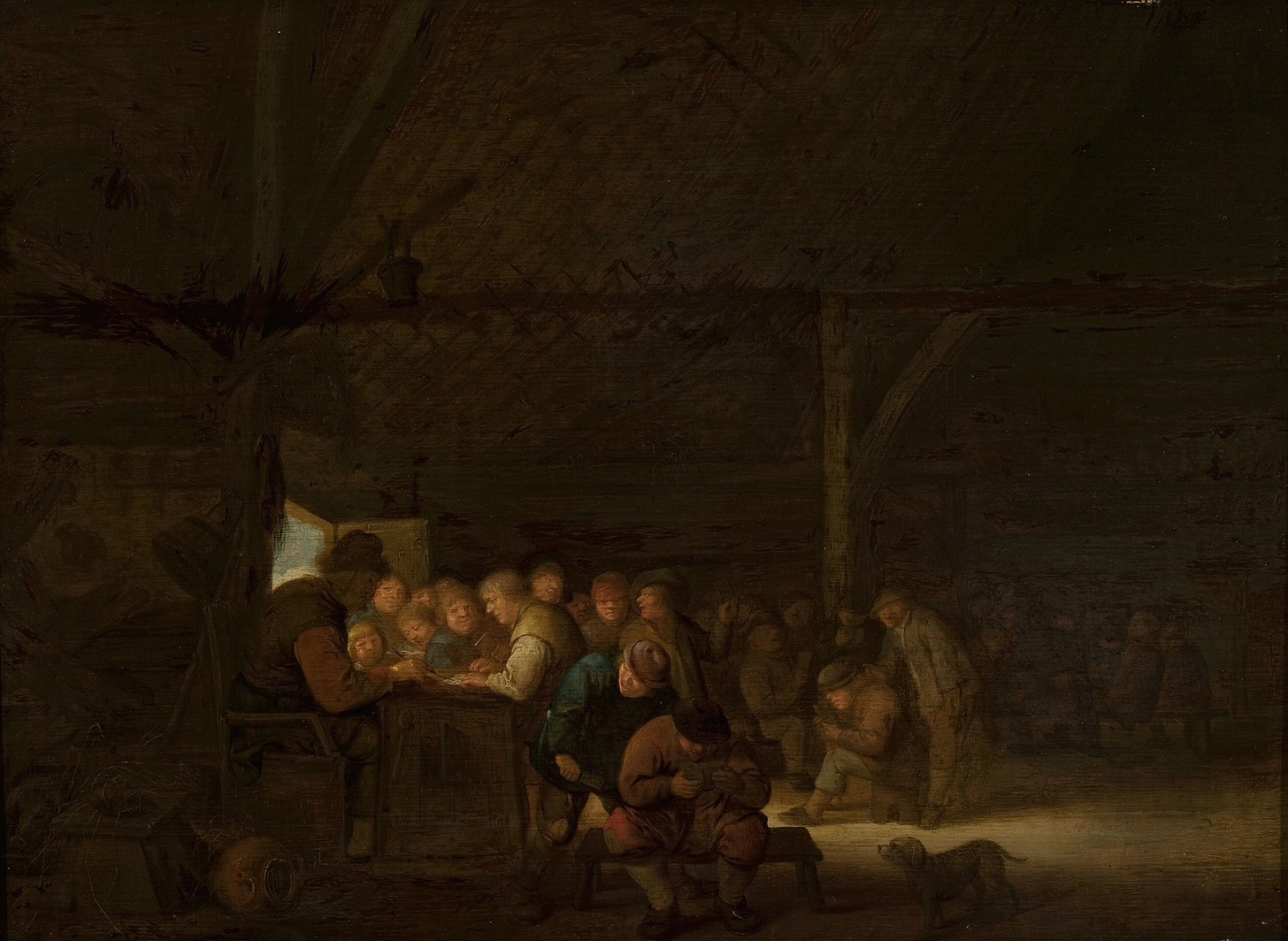
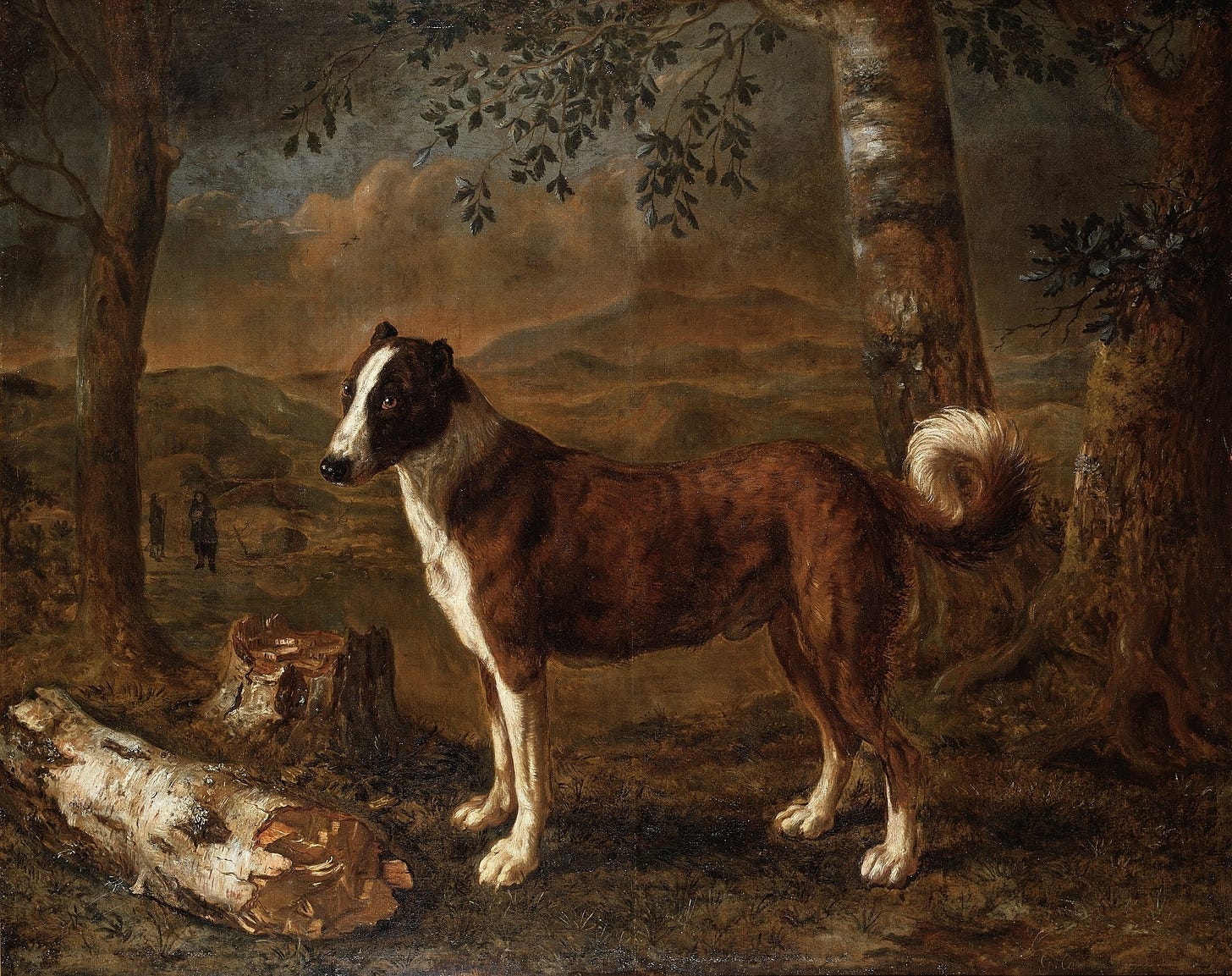
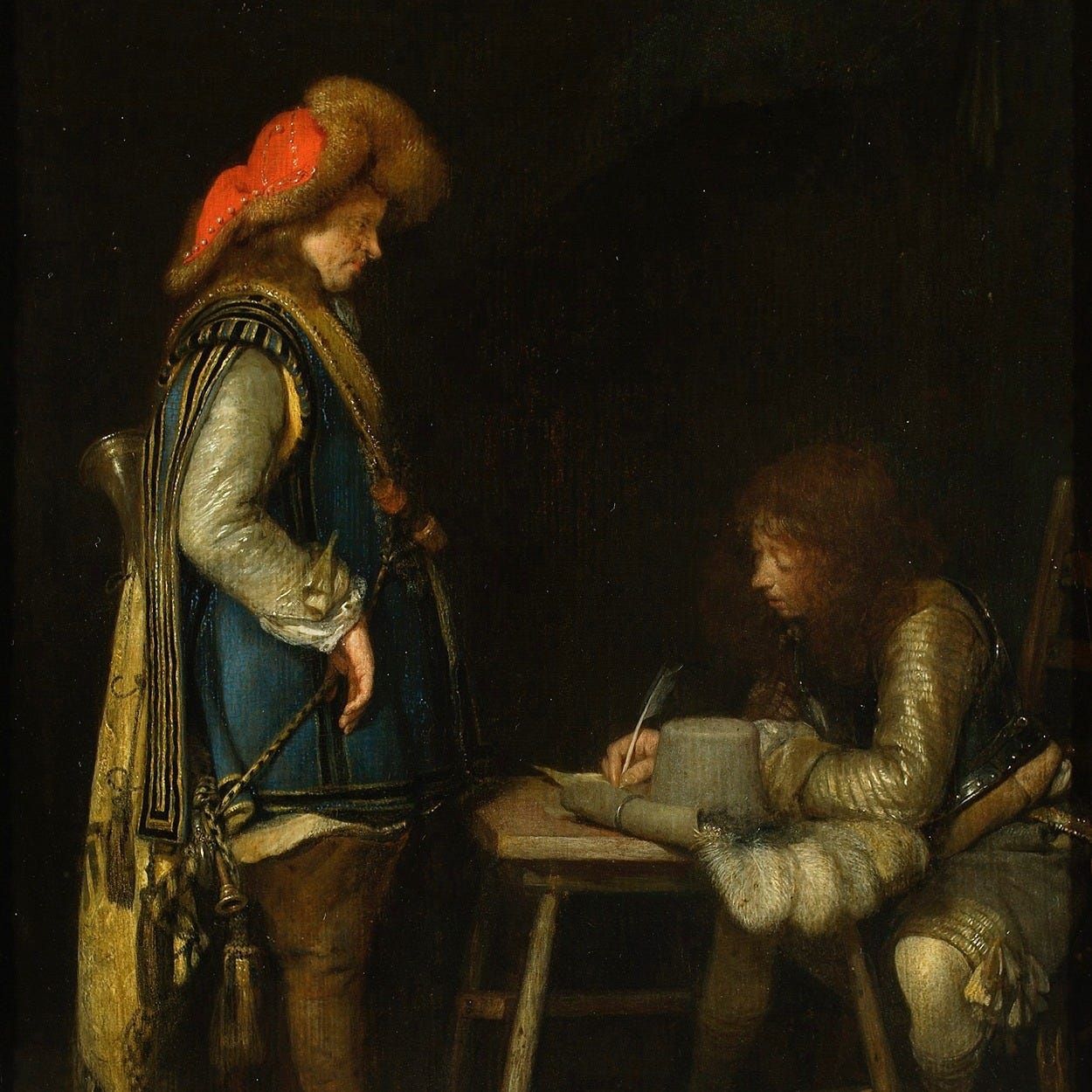
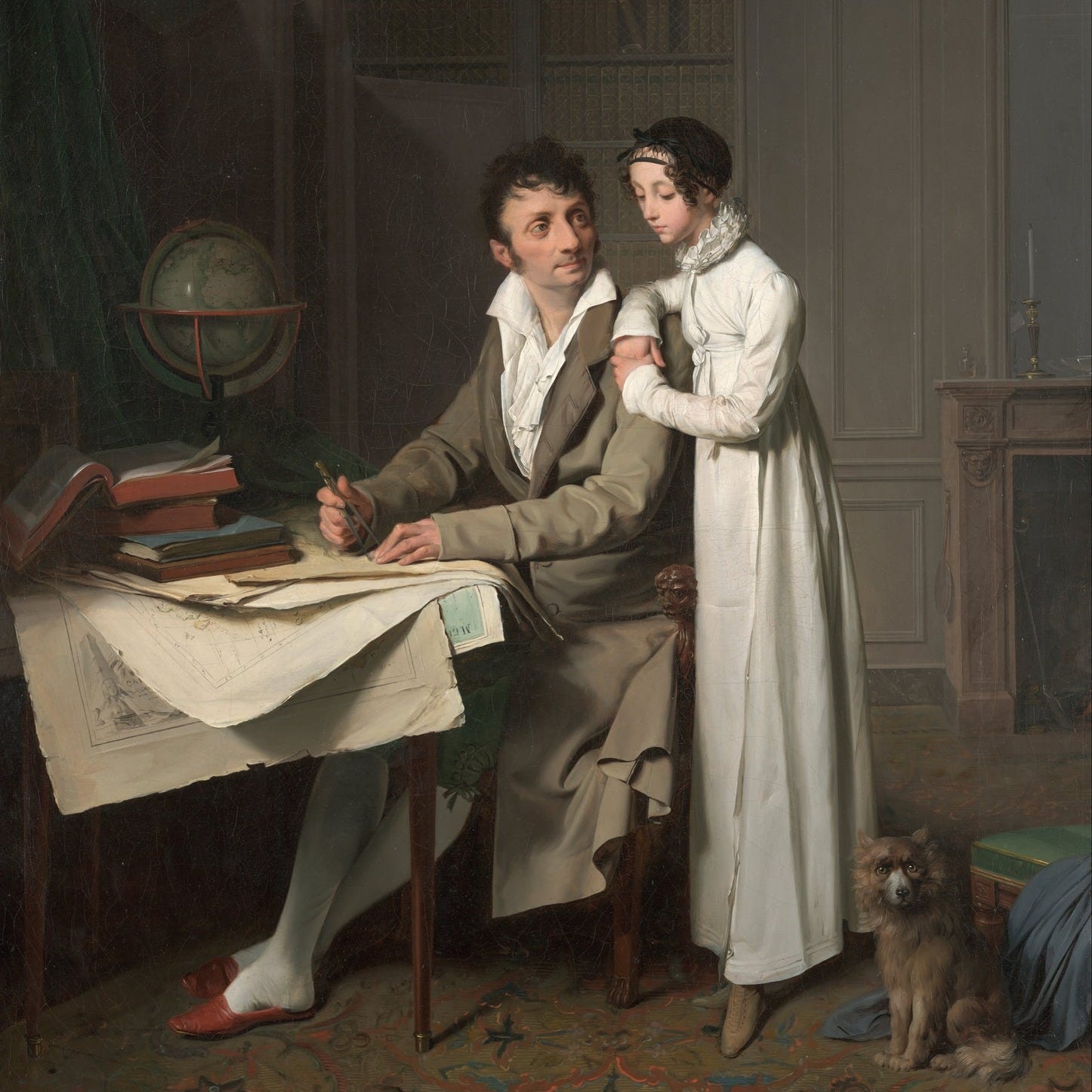
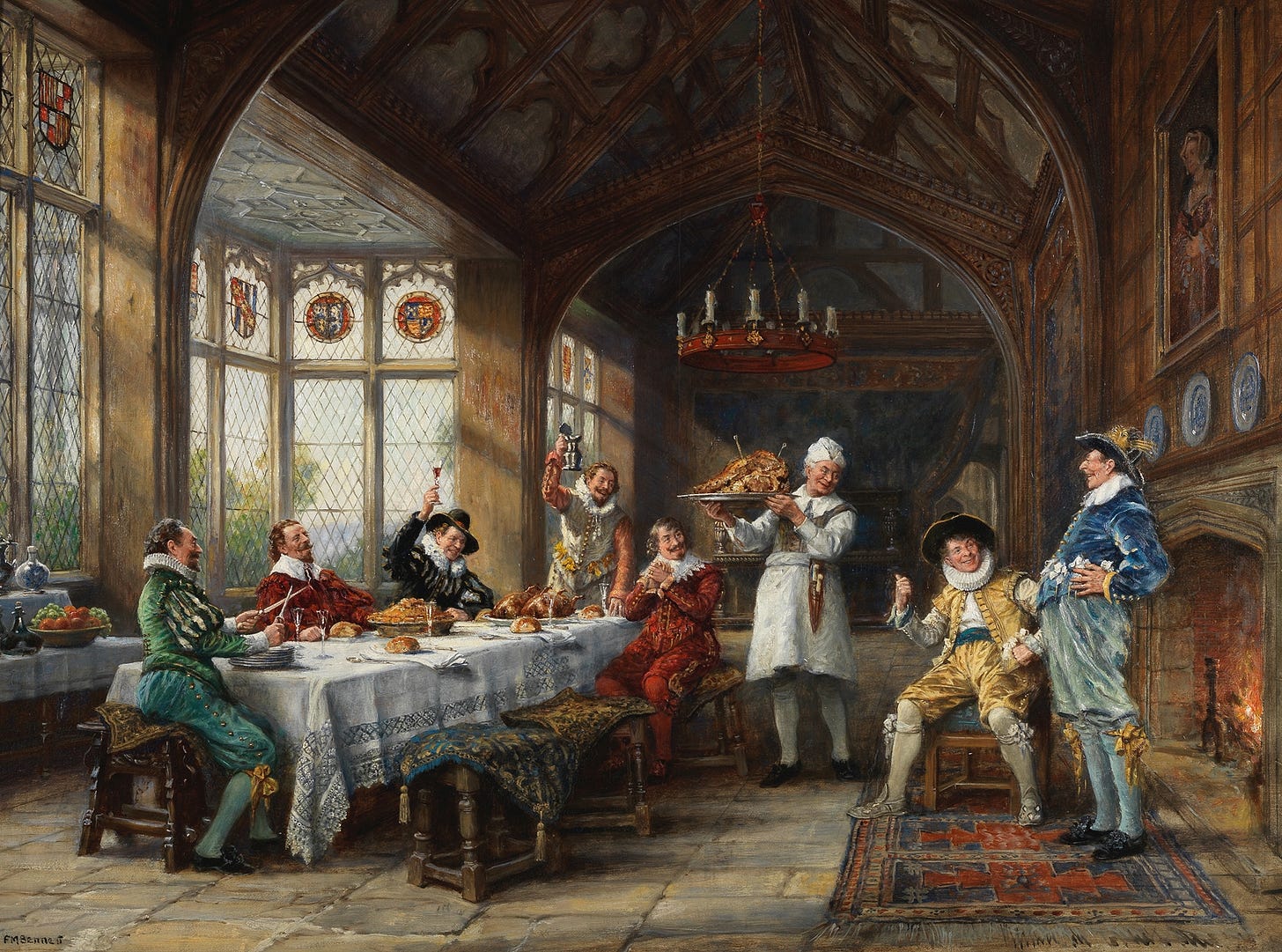

It reads odd to me that the dative died (forþferde) when really it conquered (ofereode) the neighboring territory (rice) of the accusative (wregendlic) and took over its forms (meodosetla ofteah). Þæt wæs god fiell!
I’ve read that one of the reasons case markers and word endings tended to atrophy was the large numbers of non-native speakers in Britain, from the Norman conquest onwards, or even the Romans. The result was a mix of peoples who needed to communicate despite not speaking each other’s languages. In the same way as many English speakers struggle with, say, French - getting the stem of the word right but not always getting the endings right, they sort of mumble or drop them - yet still managing to make themselves understood.